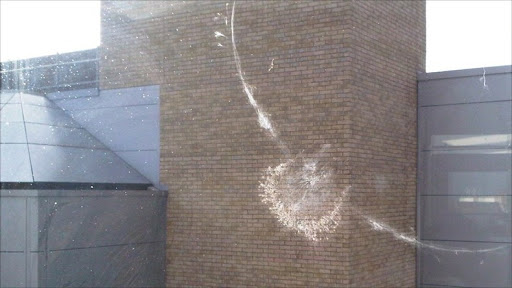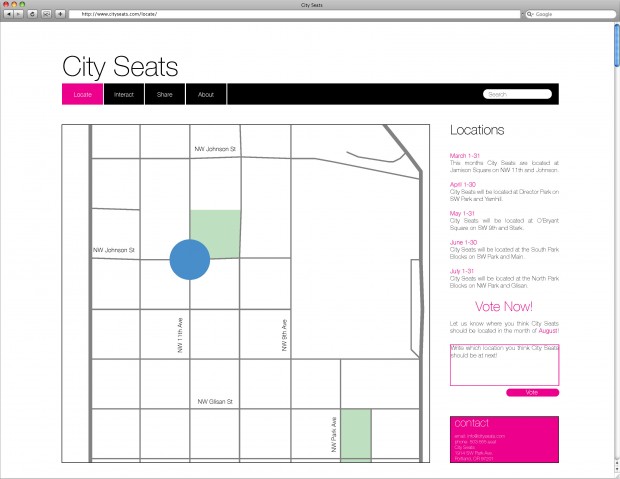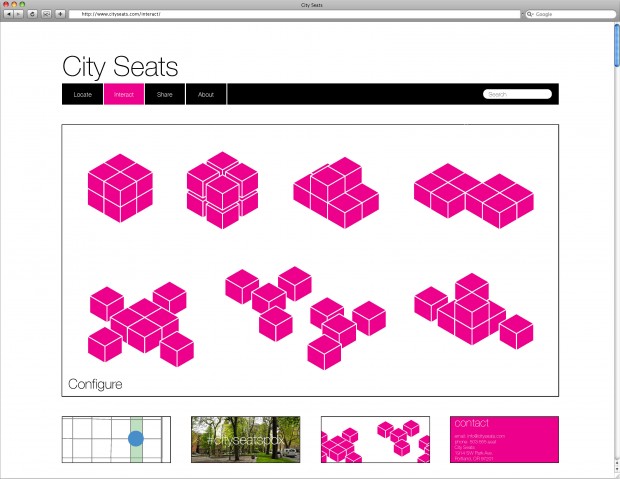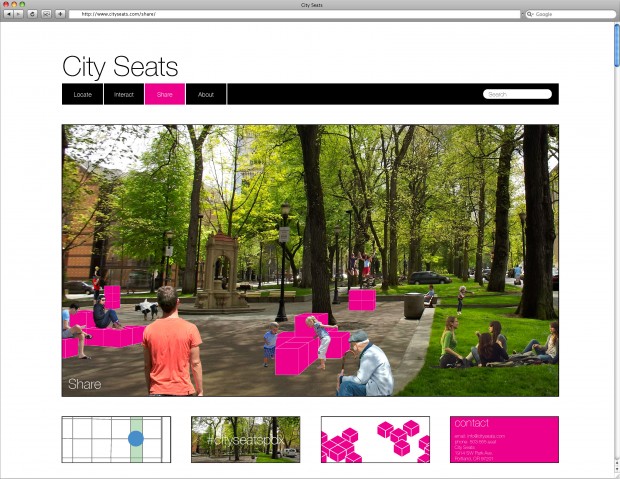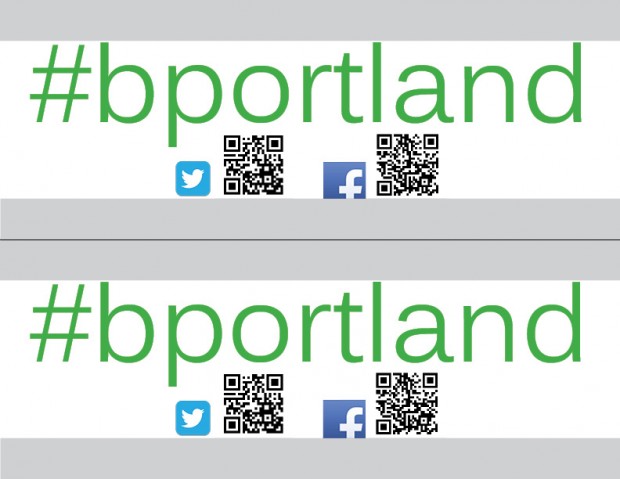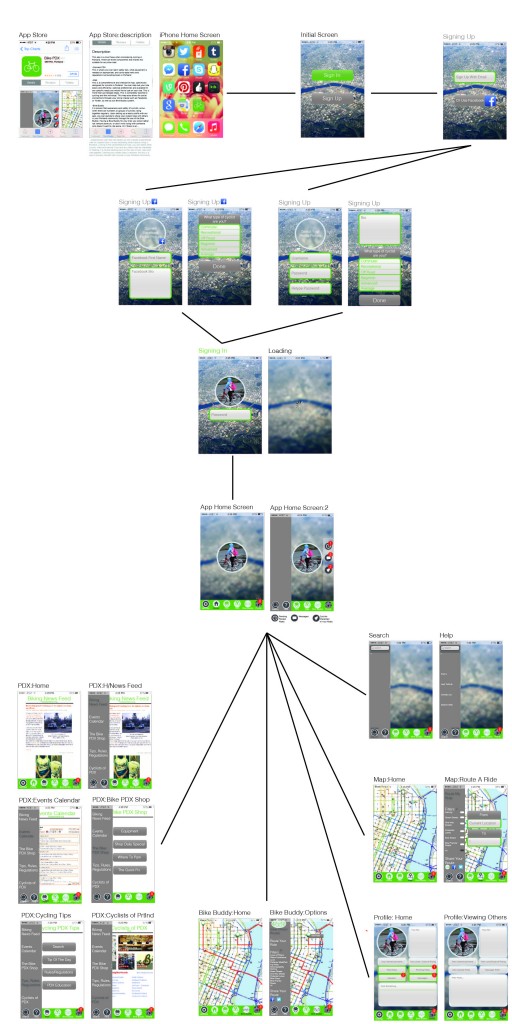Networked Urbanism
design thinking initiatives for a better urban life
apps awareness bahrain bike climate culture Death design digital donations economy education energy extreme Extreme climate funerals georeference GSD Harvard interaction Krystelle mapping market middle east mobility Network networkedurbanism nurra nurraempathy placemaking Public public space resources Responsivedesign social social market Space time time management ucjc visitor void waste water Ziyi
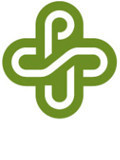
Portland State Univ – Winter 2014
Master Studio carried on during the winter term at the Portland State University / College of the Arts – School of Architecture. This studio will bring an alternative to the traditional way of designing cities from a bird’s eye view, and a single designer’s perspective. It will, not only examine the physical dimension of the city, but also its social processes and fluxes. This course is co-teached with L. Rudolph Barton and Brent Young.
I hope early summer is finding you all well. I am on my short break between Spring and Summer term, so I thought I’d give you an update on the Bird’s Striking Building project.
Since March, I have been working with the City of Portland’s Bureau of Sustainability who had created the Bird Friendly Design Guide. They are currently creating a policy that will require bird-friendly design in any new or remodeled city/government projects that are in high-risk zones for bird strikes. They used the video as part of the process of creating their legislation (and were very thankful and complementary!) and they have also had me help them review the actual written legislation/code.
The American Bird Conservancy has also contacted us and wants to use our video for the lobbying they do in Washington DC. Since the video was Portland based, we are talking about altering it for a general audience. Currently, Liz and I are in talks with their marketing coordinator about this. They may end up hiring a professional crew – IE – they have a real budget for actors – their last video had Richard Chamberlain as the narrator. Even if that happens, Liz and I will be involved and they will credit both of us (and PSU).
Recently, I’ve been talking with Portland State University’s Sustainability Office as they are now internally discussing the issue. They are considering working on the windows at the Rec Center and the University President’s office. The Rec Center is the location that Liz and I tried to film the bird ghost but were run off because we couldn’t get permission to film in time.
The Portland Audubon has posted our video at http://audubonportland.org/issues/metro/bsafe/birdsafe
Also, Ornilux, the “spider web” glass manufacturer has posted the video on their website http://www.ornilux.com/bird-
Well, I’m now going to be spending the summer deciding on my thesis topic for this next year. The bird’s are definitely on my mind, but I am also considering other city-animal habitat interactions. My contacts at the Audubon and the City of Portland’s Bureau of Sustainability will be people I will get in touch with to discuss thesis ideas. The Networked Urbanism project has given me the opportunity and contacts that will take me forward in my career.
Thank you! ;-)
Karina
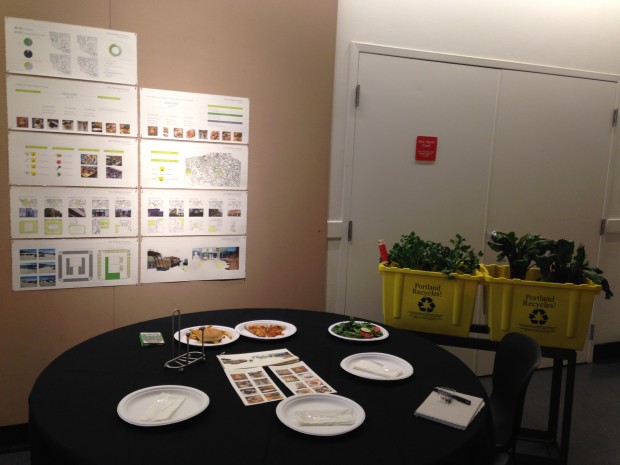
About 2047 students live in campus housing, of which only 400-600 students are freshmen. All freshmen that live in campus housing are required to sign up for a meal plan. The meal plan consists of a specific number of meals that they eat at Victor’s cafeteria (food is cooked there) in Ondine (one of the dormitories on campus) and dining dollars that they can spend at three different locations on campus; two coffee shops and a cafeteria that houses various food chains. All the food sources that fall under the meal plan are owned by Aramark (a company that provides services in food, facilities management, and uniforms) or have a contract with them.
The problem with the current food served by Aramark is (more…)
PROJECT STATEMENT
The problem is the future strain on Portland’s transportation infrastructure, due to the expected population growth of 1 million people by the year 2040.
Portland is expecting to become denser, and though Portland’s population has increased, the congestion of traffic has not. This is due to Portland’s predominant bike culture. Portland is America’s biking capital, with a bicycle commuter rate of 6.3% vs. the national average of 0.61%. There is already an existing system of bicycle pathways through the city of Portland, so building new infrastructure is not the way to generate more cyclists.
Our intent is to help Portland reach the modal split goal of 25% bicycle trips taken by the population inside the metro area. (more…)
Using QR Codes to Raise Awareness of the Problem of Homelessness: Mart Schaefer
These are 3 strategies that will hopefully inspire other creative people out there. Use your skills and develop new tactics to give homeless people the voice they need to be heard by the public.
Note: The film clip at the beginning of this video IS NOT MINE. it’s from a short film by John Elerick called “Spare Any Change?”. I thought it was funny and it sparked my imagination early in the design process.
Problem
In 2013, the estimated number of people in Portland considered homeless varied between 3,000 and 15,000 depending on how strictly the term was defined. They all shared something in common, however… they are virtually invisible to the rest of Portland’s population. In order to get help, the homeless need to get noticed. And in order to get noticed, the homeless need to employ tactics that will help them catch the public’s attention.
Strategy
The creative class has unique problem solving skills that can be applied to this situation. The following ideas were developed as an example of what could ultimately evolve into a suite of guerrilla social tools that could be used to combat the invisibility of the homeless. (more…)
4pm PDX Time
The following is the final video from my term project called “Birds Striking Building Windows”
The whole experience at the final review was quite nice. I enjoyed being able to finally show the video that Liz Cosko and I had been working so hard on.
At the bottom of this post, you will find a written description of the process of this term’s project.
Here is the short video of my experiences of learning about Networked Urbanism. (more…)
My project was about creating temporary public spaces within underutilized parking lots at Eastport Plaza, a shopping super-block in Southeast Portland.
There are expansive parking lots at this mall, some of which are heavily used, whereas others are predominantly empty of cars. According to the mall manager they “exceed code,” the groundskeeper said he has never seen the parking lots at maximum capacity and from personal observation about 15-20% of parking is rarely used.
I propose to fill in these empty spaces with public uses during the warmer months of the year. (more…)
Initially our observations began with parks and plazas–what people typically view as public space. However, we began to refocus our attention to the general public realm–streets, sidewalks, empty lots, etc. Although the city of Portland provides its inhabitants with numerous planned public space, many of these remain underutilized throughout the majority of the week. We don’t necessarily see this as a “problem” currently, considering the population and density of Portland. However, with the projected growth–expected to double by 2060–we sought to improve it for the present and for the future.
To understand what our intervention could be, we looked at other examples that addressed similar issues. (more…)
We have created page accounts to go along with our app. This allows for deeper connection and to get the ball rolling on creating this app as a marketable item. Also along with the use of Facebook and Twitter as base pages, we have created a hashtag that goes along with our app and pages to further group conversations and connections.
https://www.facebook.com/bikingportland
https://twitter.com/BikingPDX
#bportland
Here is a mapped out version of the development of the Bike PDX app so far…
02/25/2014 6:00pm PDX Time (NOTE TO WEBMASTER: I can’t get the ordered or un-ordered list to work)
Yesterday, I presented my first pass at the Bird Strike video – what I would call a “story board” video. It is a conglomeration of the videos and still images I have at this point – a mixture of those that will be used, some that are just holding a position in the video “space”, and some that are waiting for higher resolution replacements. There is a bit a information that did not make it into the video that should be noted: there will be something about the Portland initiatives on bird-friendly building design and a bit more about the solutions for both existing and new buildings.
Most of the feedback I got yesterday was encouraging and a few of the comments I received were: 1) spend less time on why we should care about birds – we already know these things, including getting rid of the sequence on birds/wildlife/nature, bird-watching, and man wanting to fly; 2) there’s great tension at the beginning and end, but the video needs something else in the middle; 3) figure out a way to visualize the information on the graphs without using a graph…; 4) in the Solution section of the video, it might be helpful to group solutions for new buildings separately from solutions for existing buildings
Today, I finally got to meet Liz Cosko, the documentary film student who I mentioned in the last blog entry. As mentioned, she is a Post-Bach student who also has a Masters in Biology. She is in Steve Amen’s documentary class and will be submitting the film for her final project as well (FYI – Steve Amen is the producer of OPB’s Oregon Field Guide). Our challenge will be to produce a video so that both class requirements can be fulfilled – she is supposed to have a 10 minute video, while I’m hearing 5-7 minutes from my end…oh, well, just like a real client. ;-)
Today, we went to the Audubon to see about getting footage inside the care center – we are awaiting permission. This week Liz and I will be filming as much original footage as possible in and around Portland. Also, we have an interview set up with the local architect who is working on the Fulton Pump Station at Willamette Park.
Here is the video I presented yesterday – enjoy!
1 2 3 … 6 Next »
